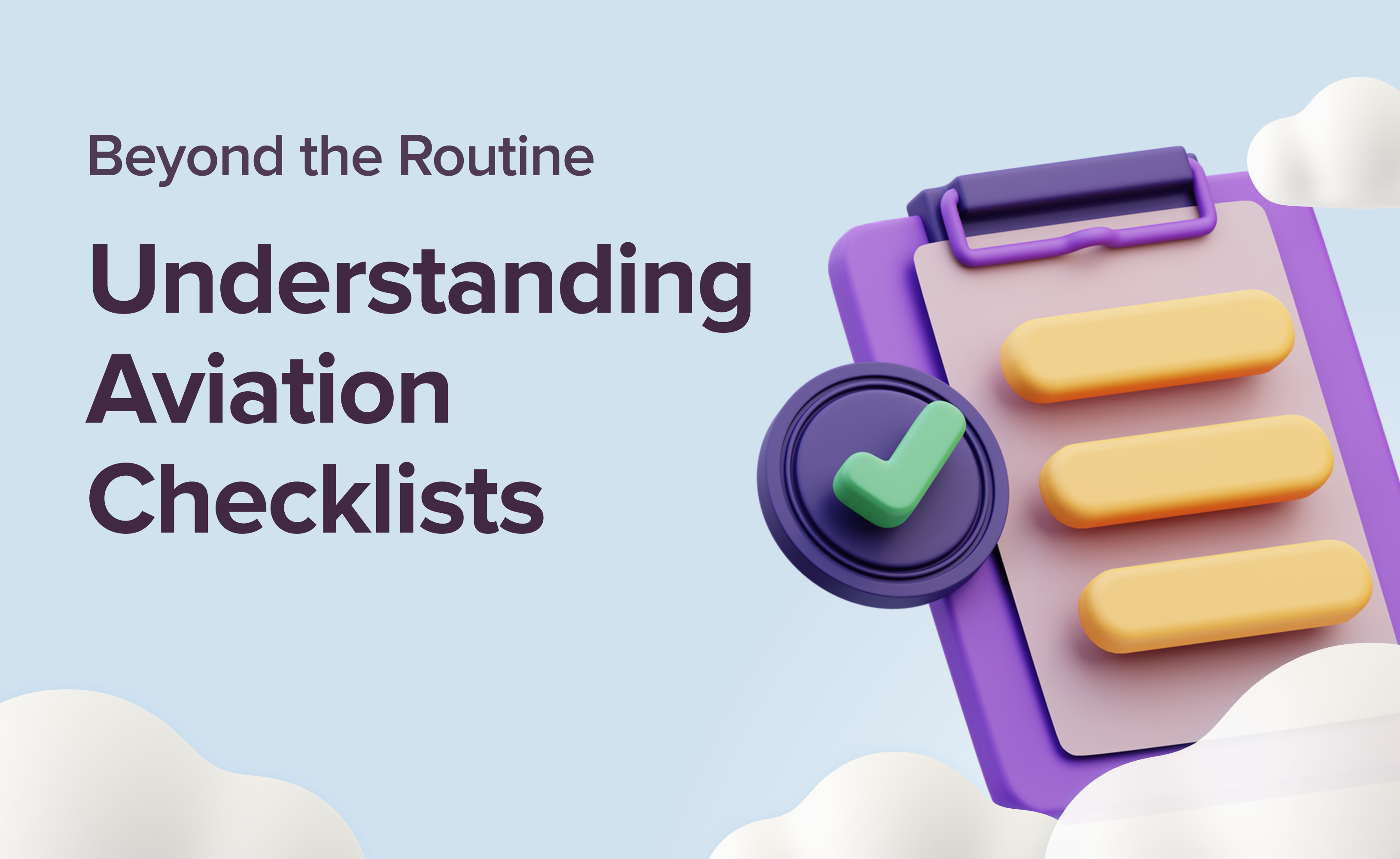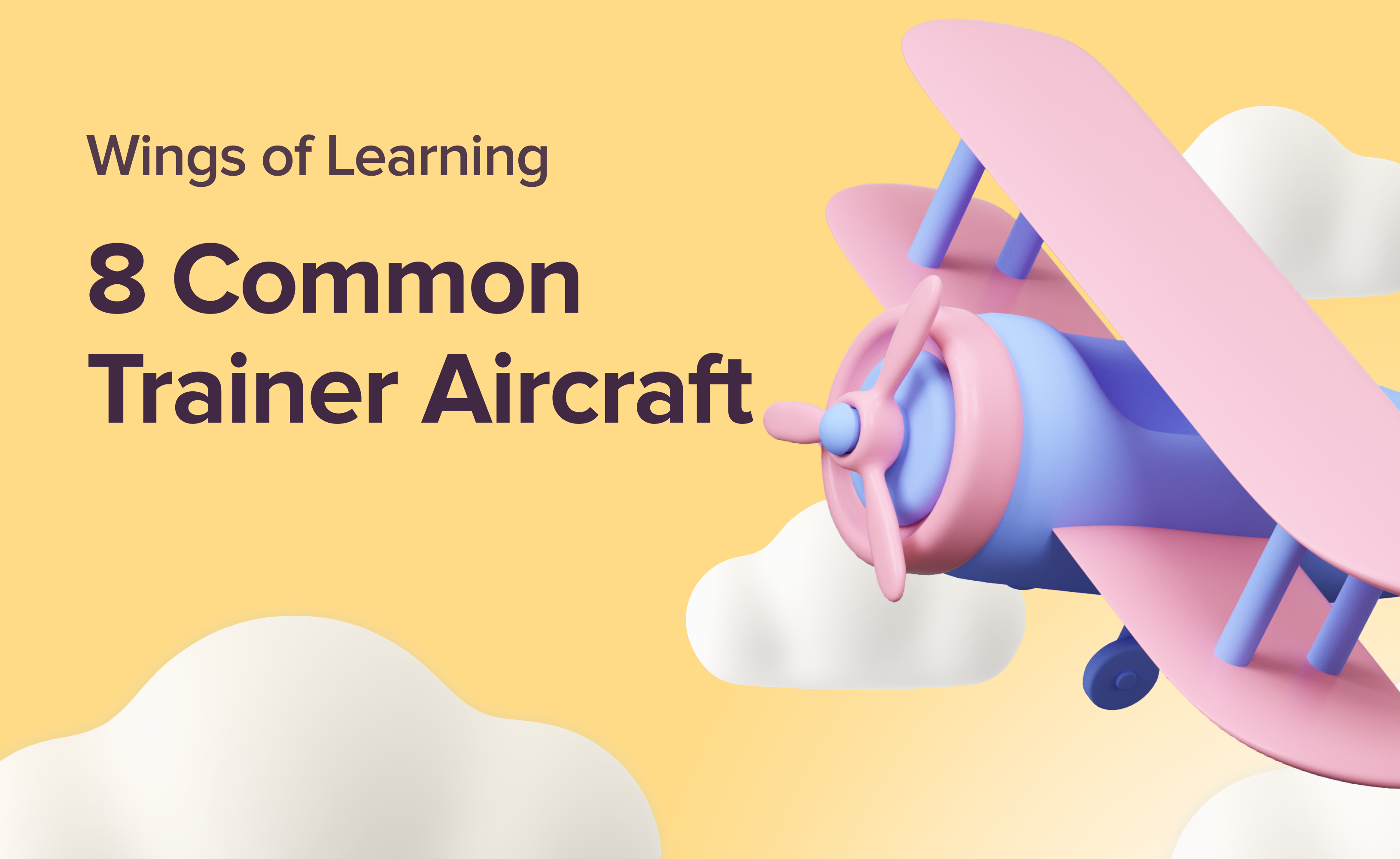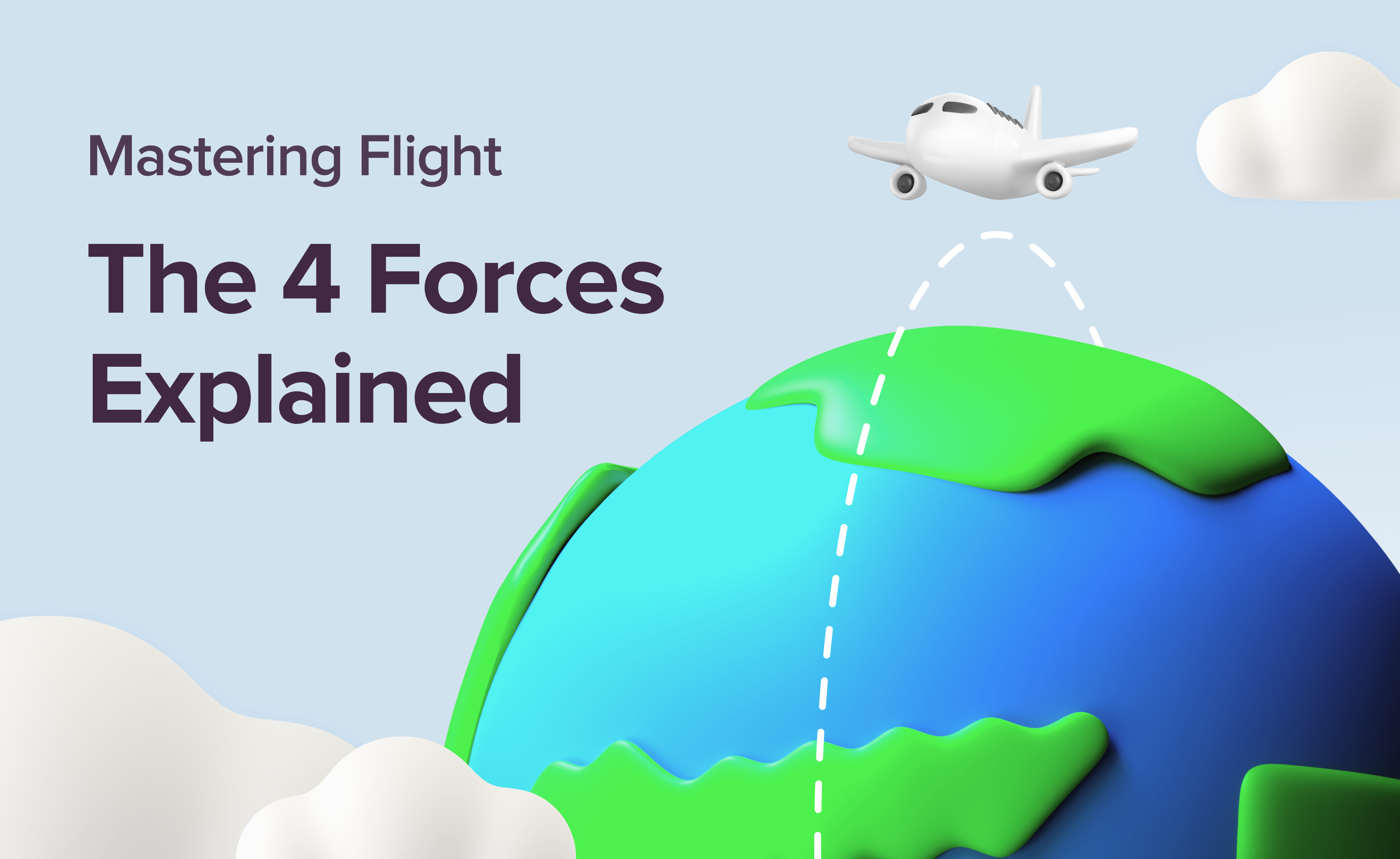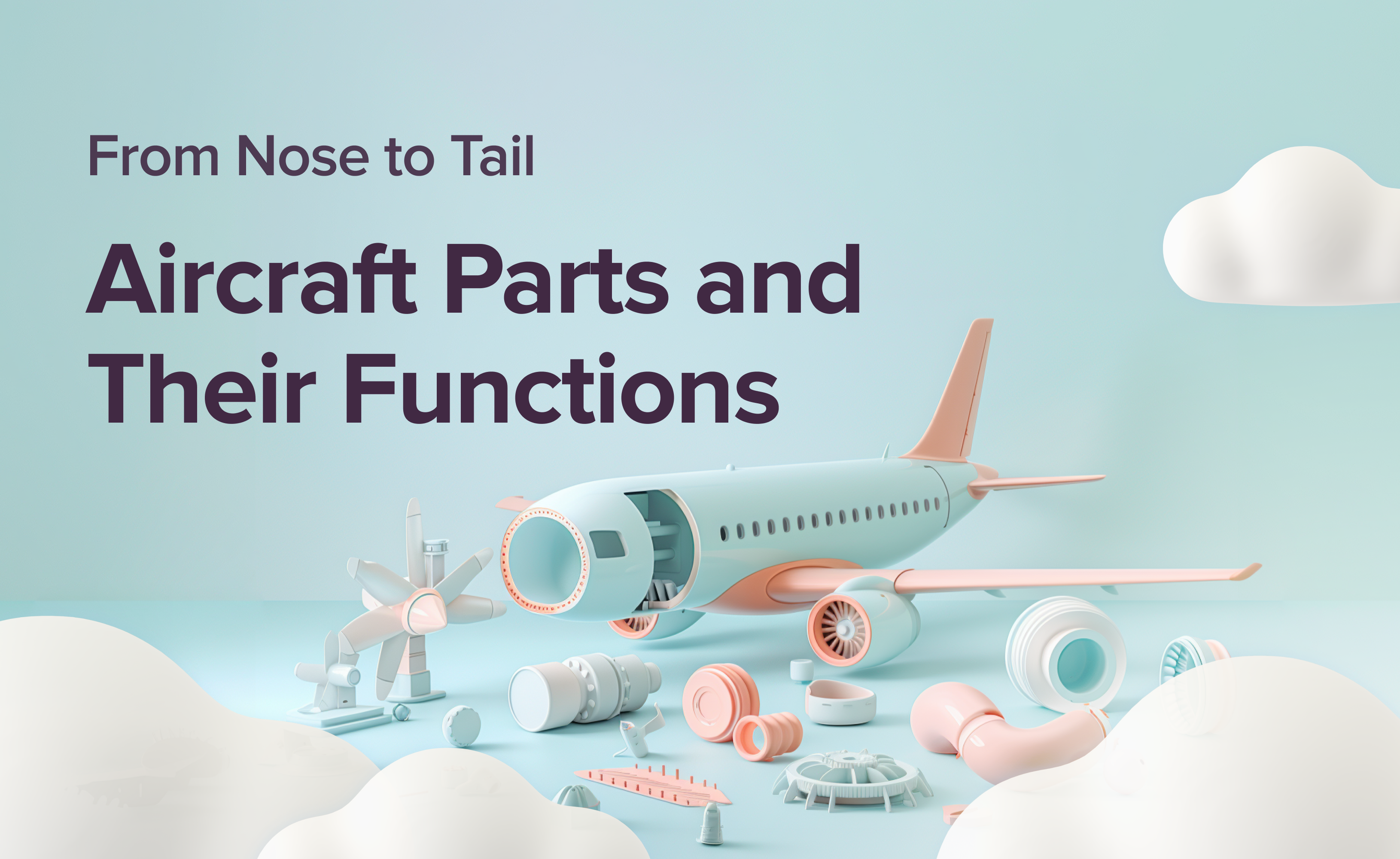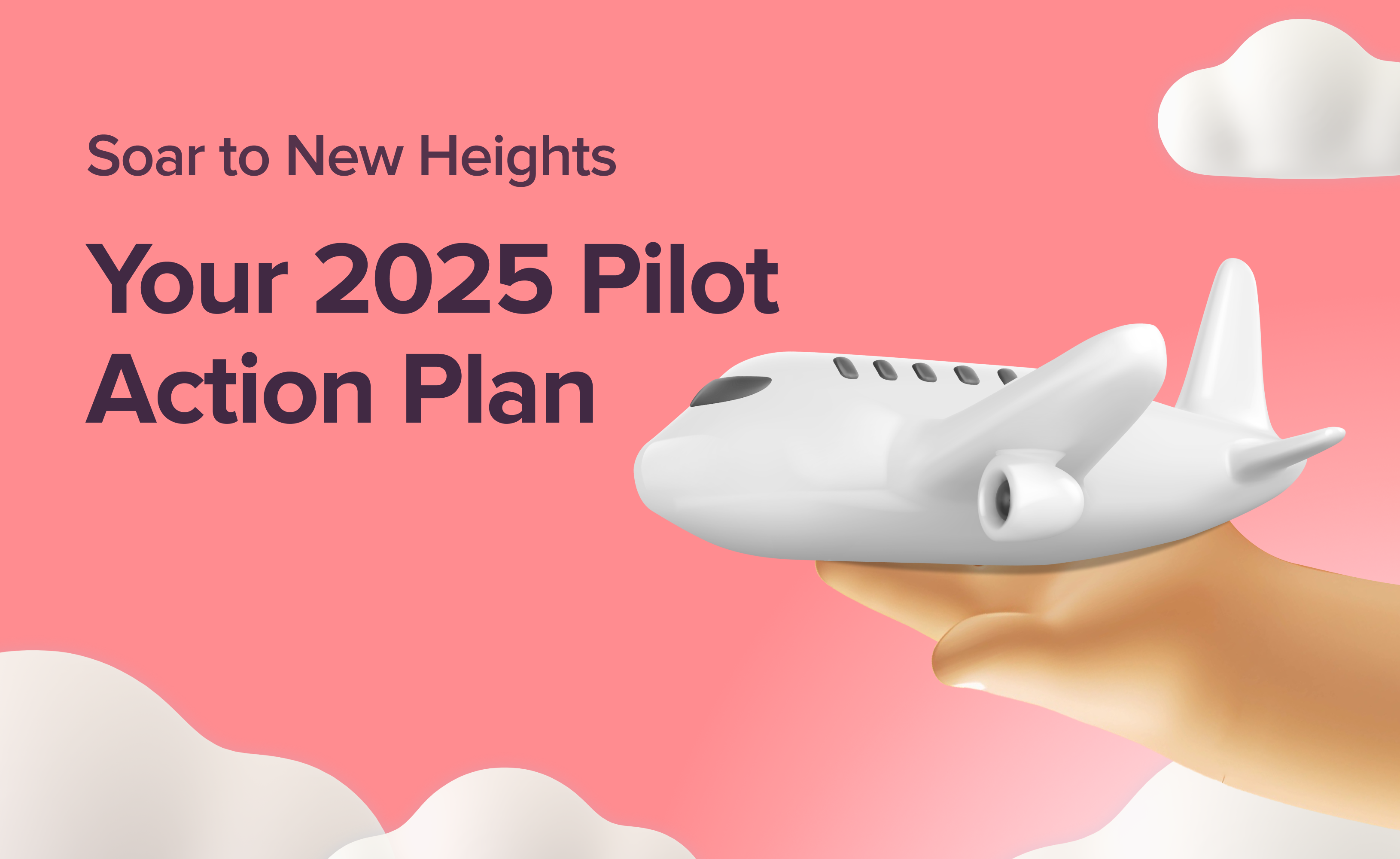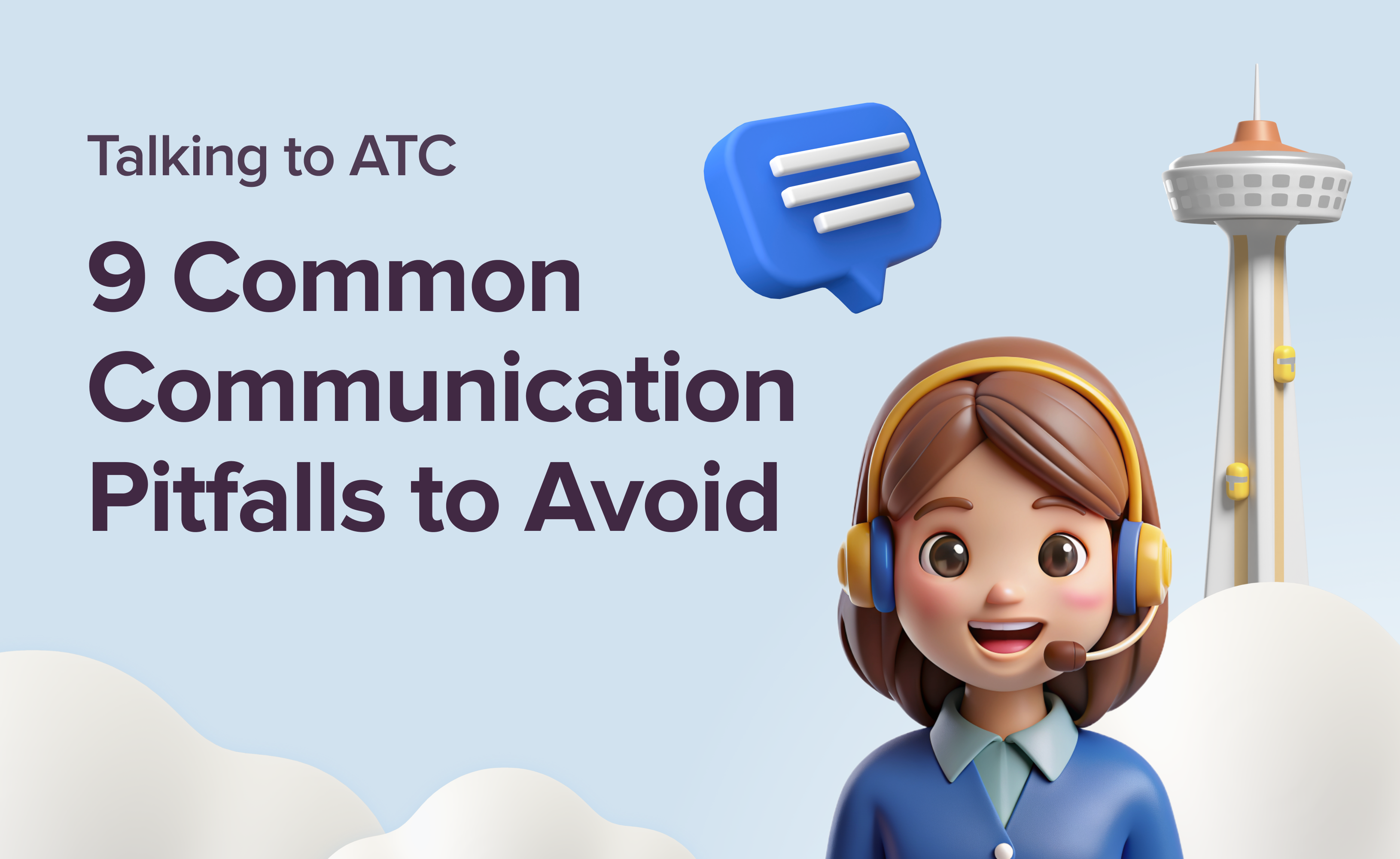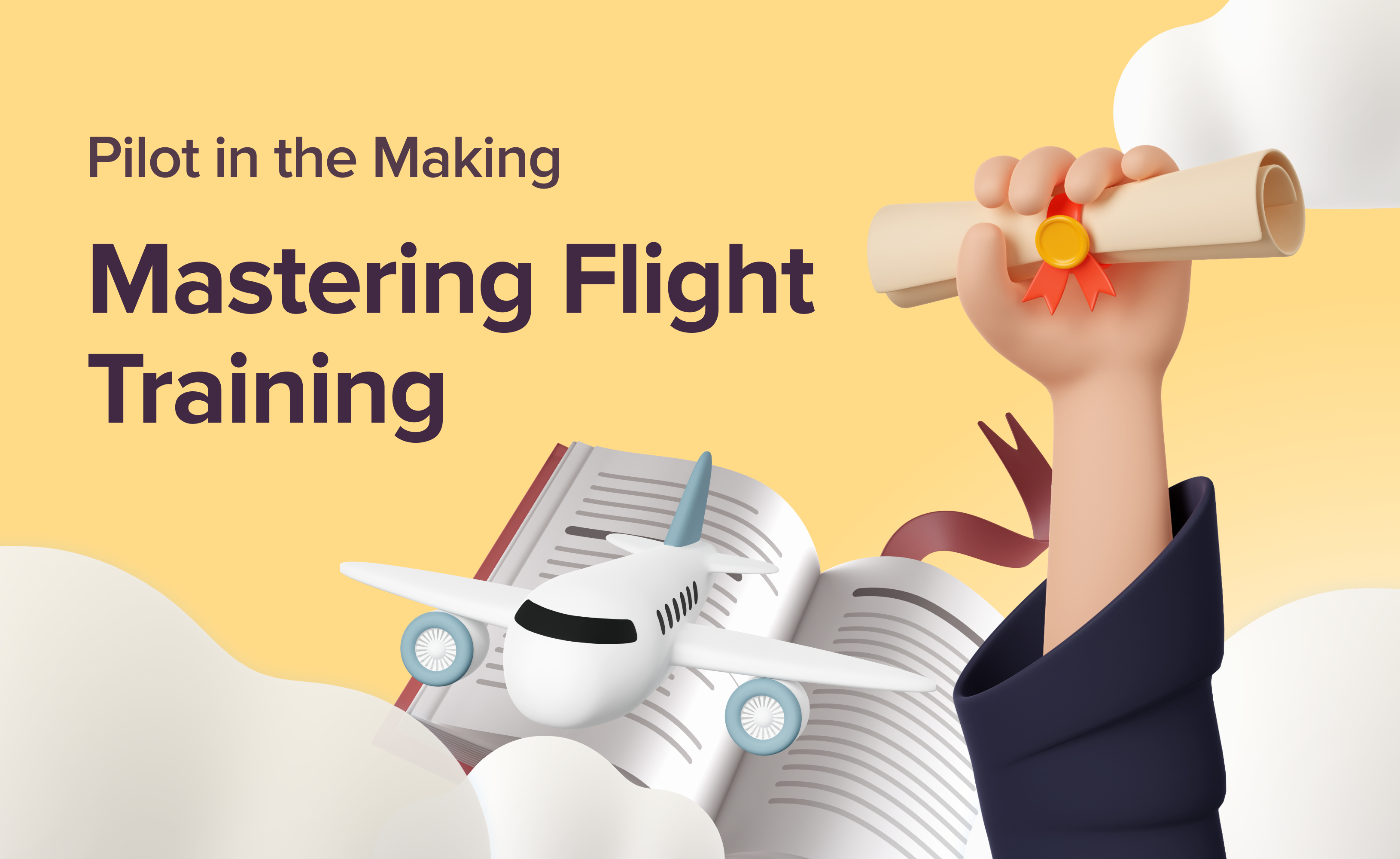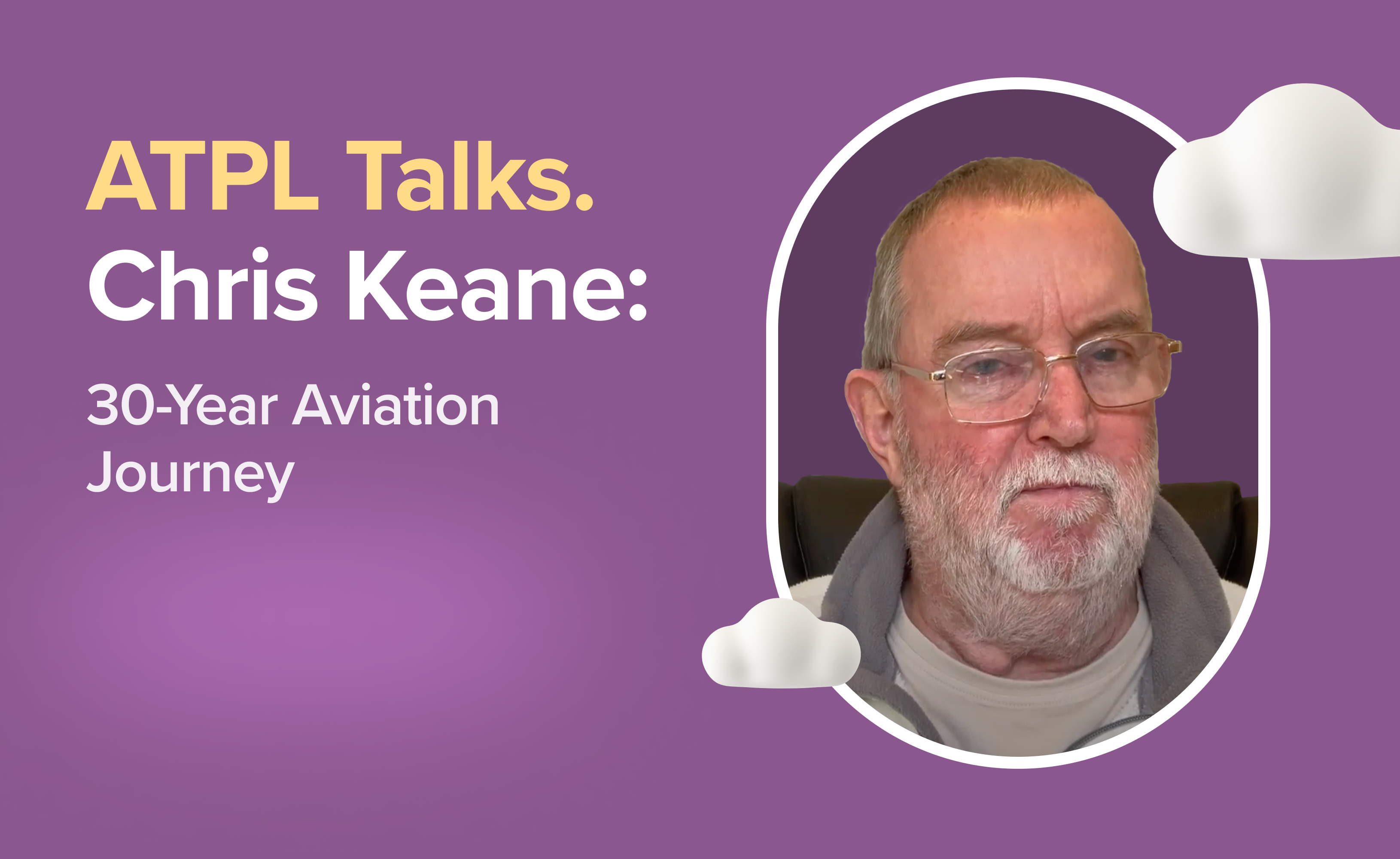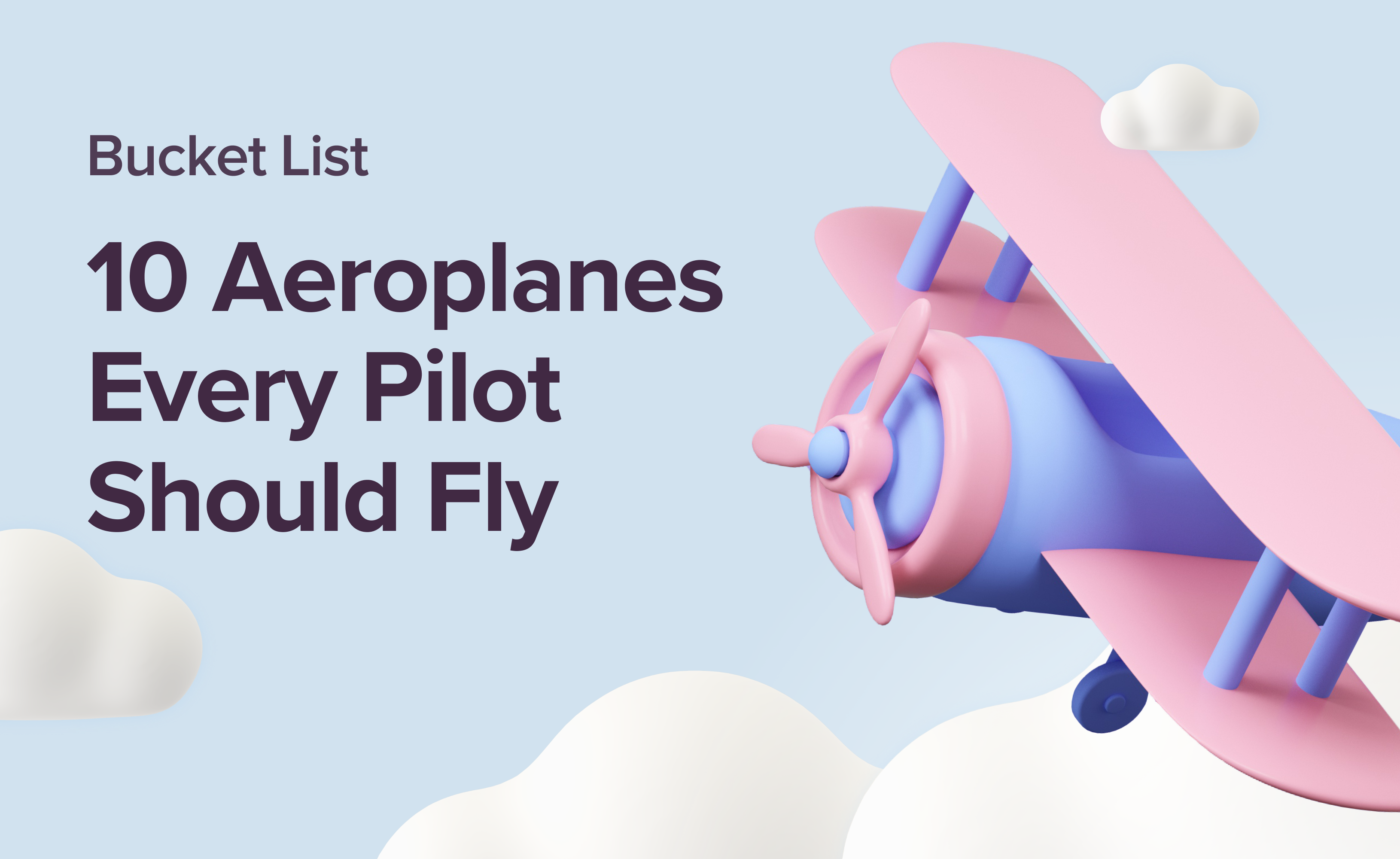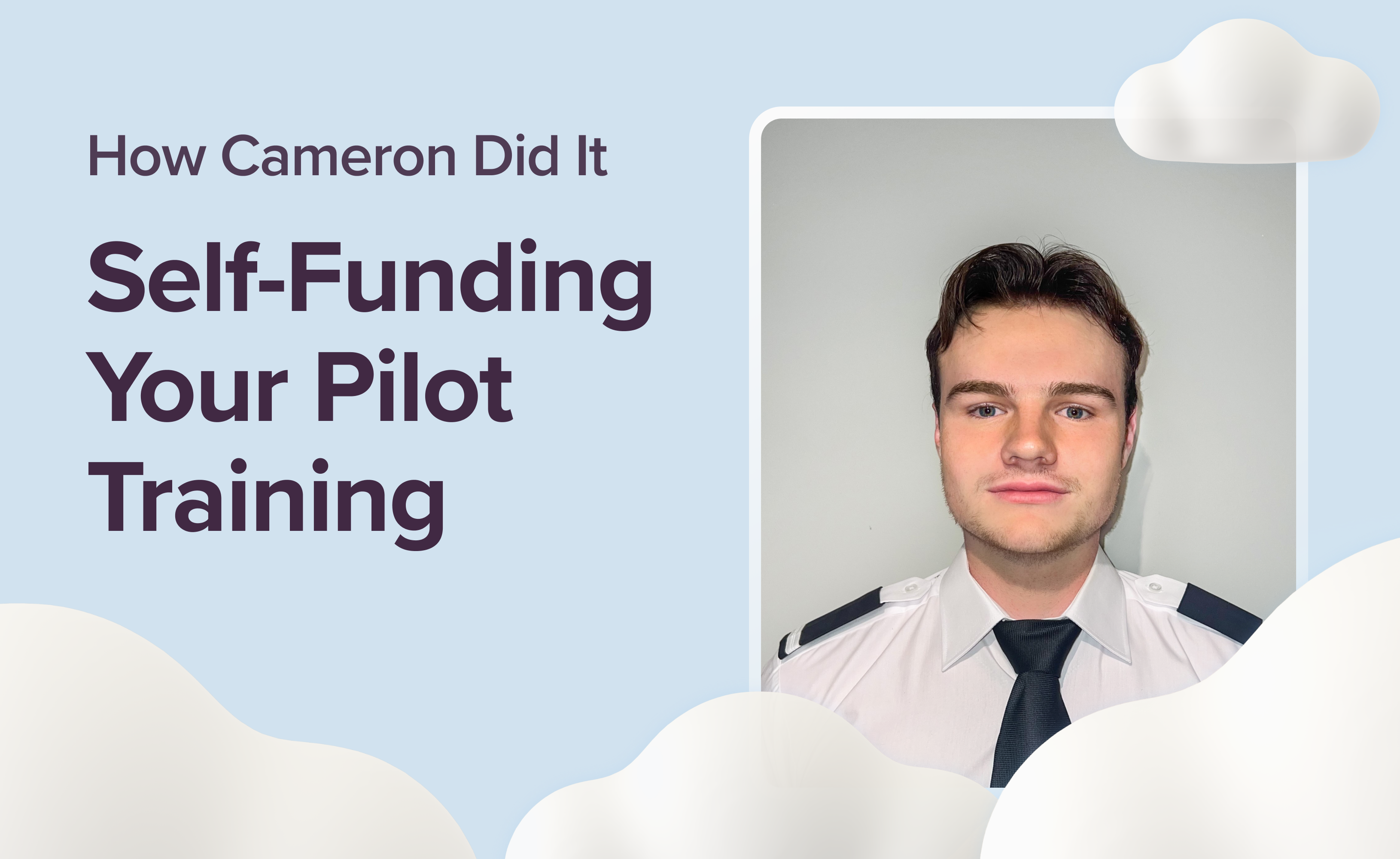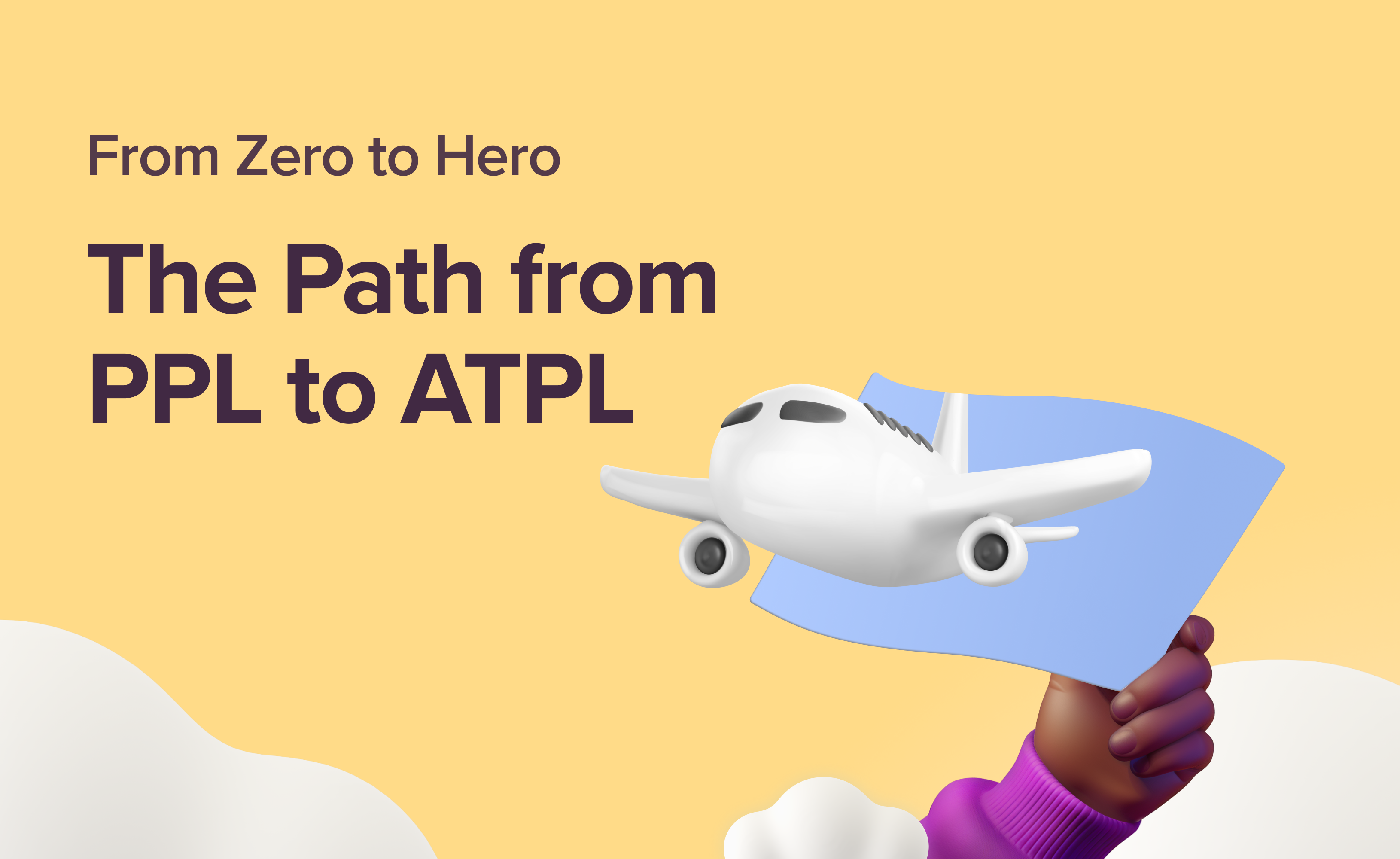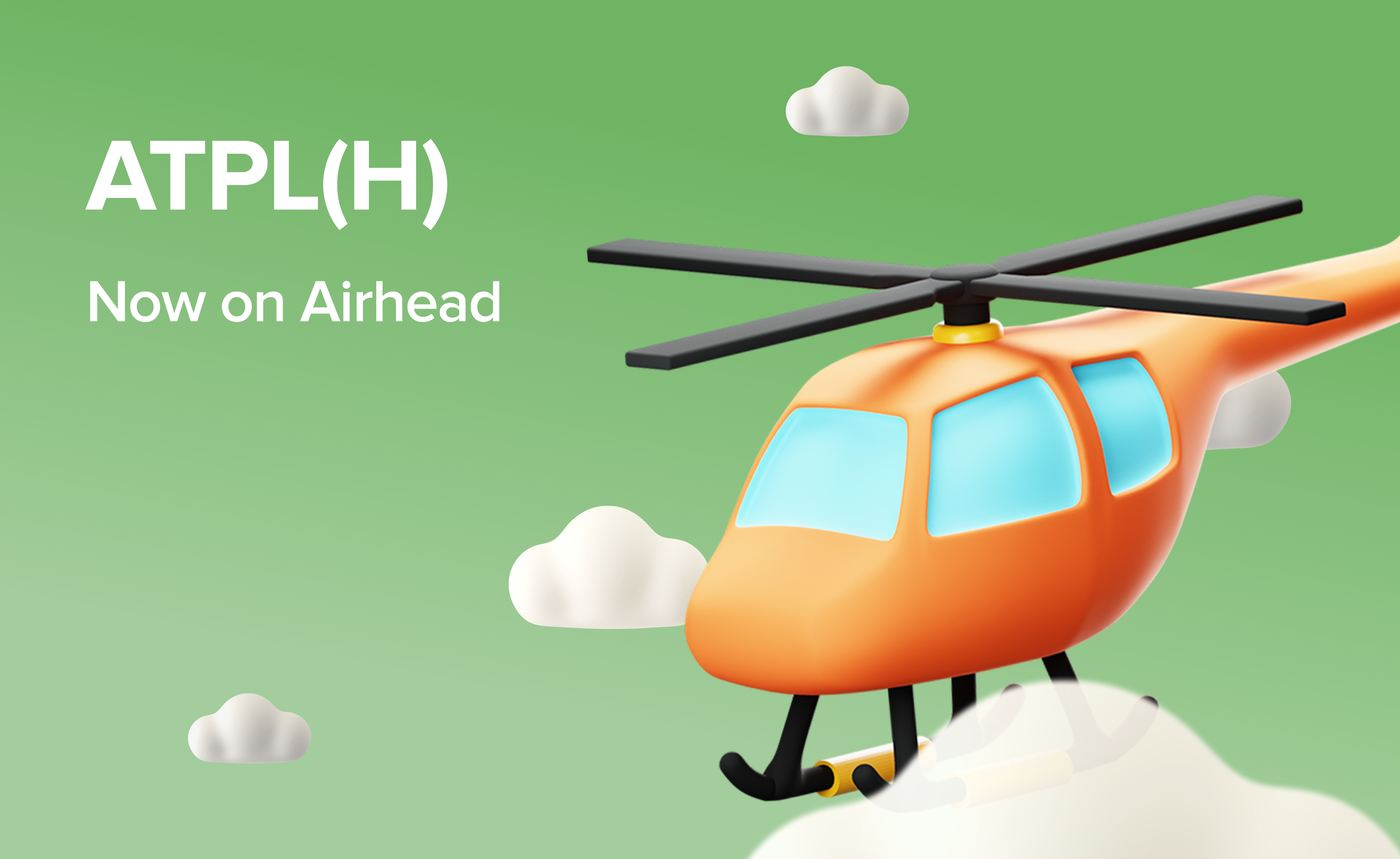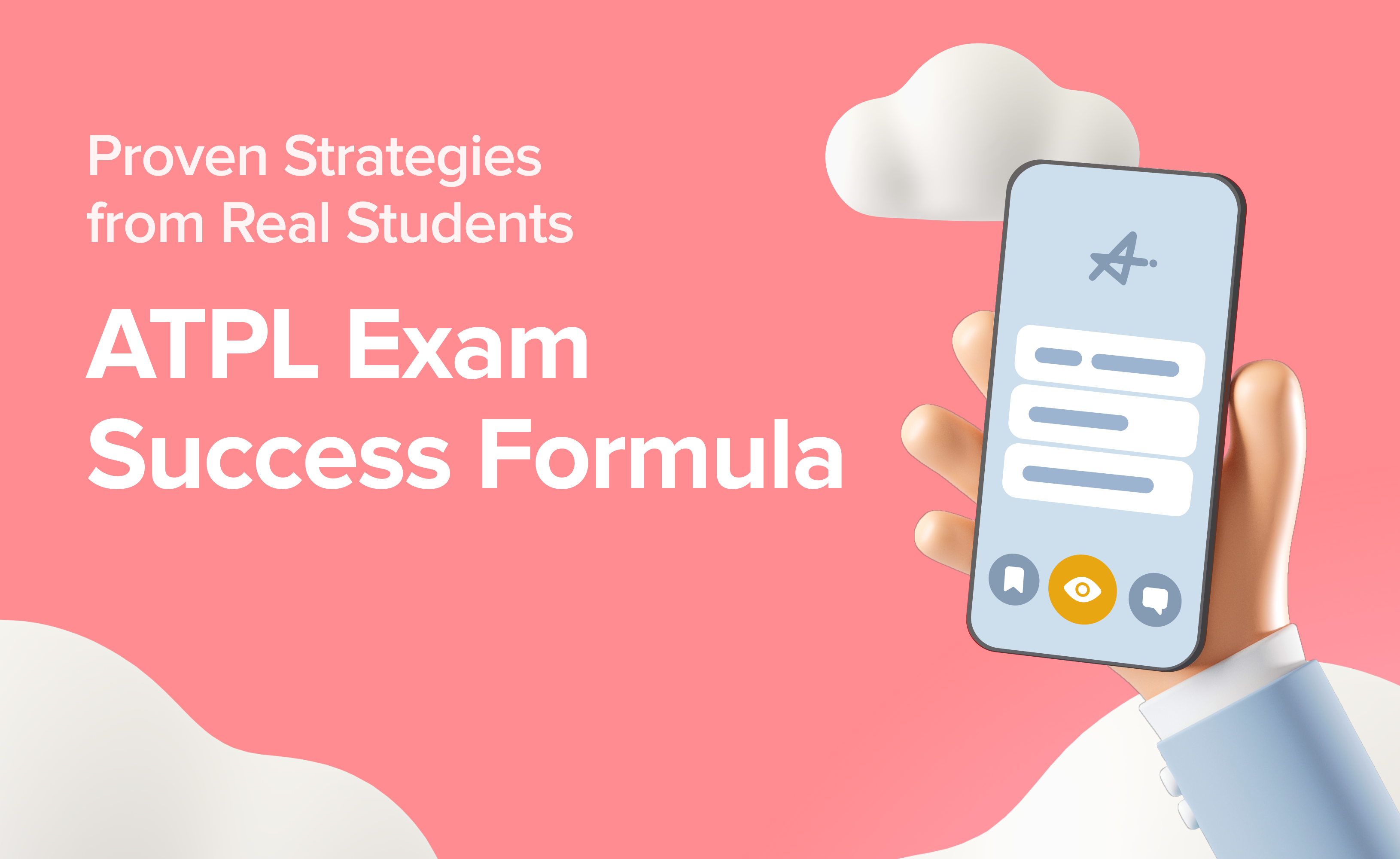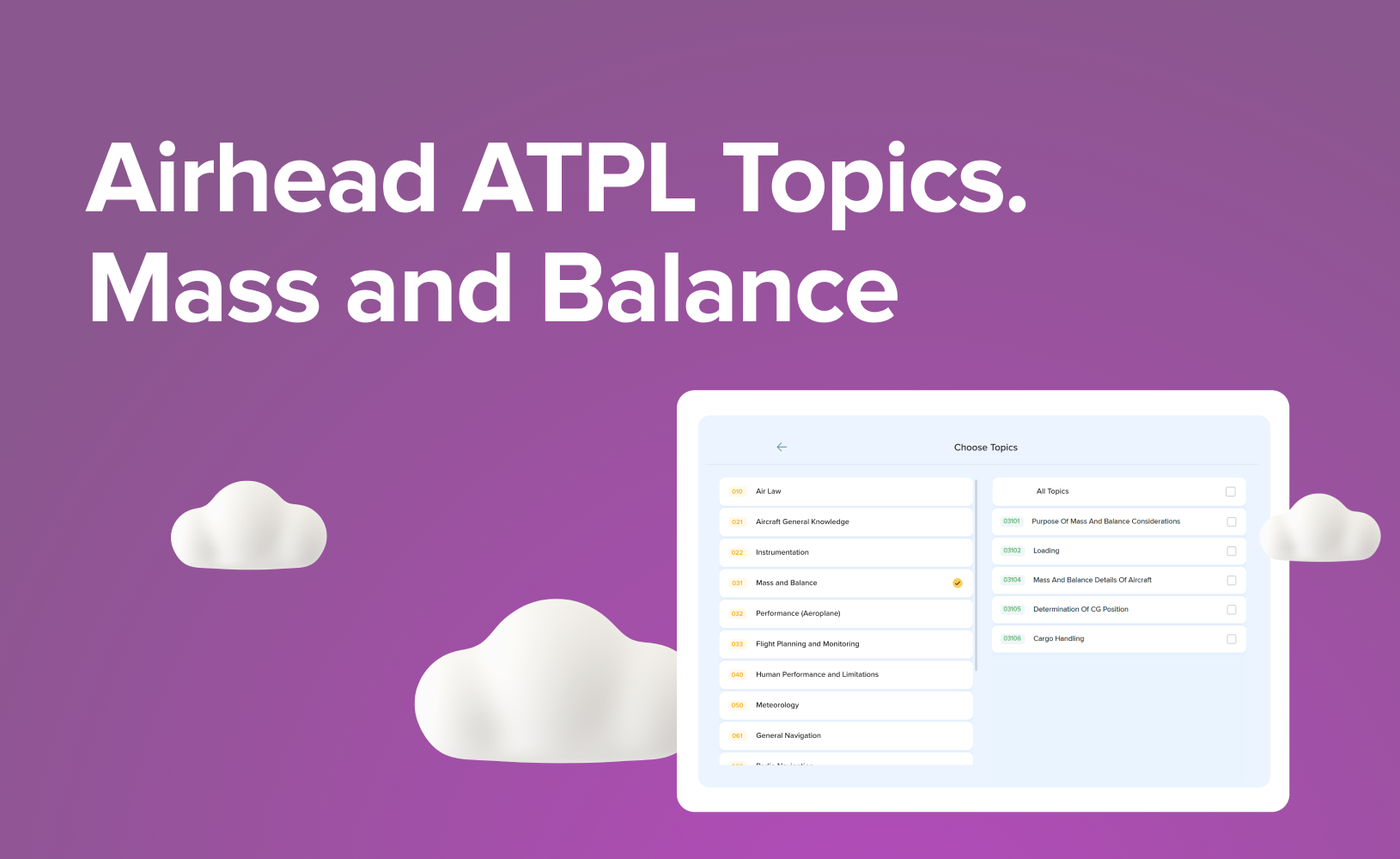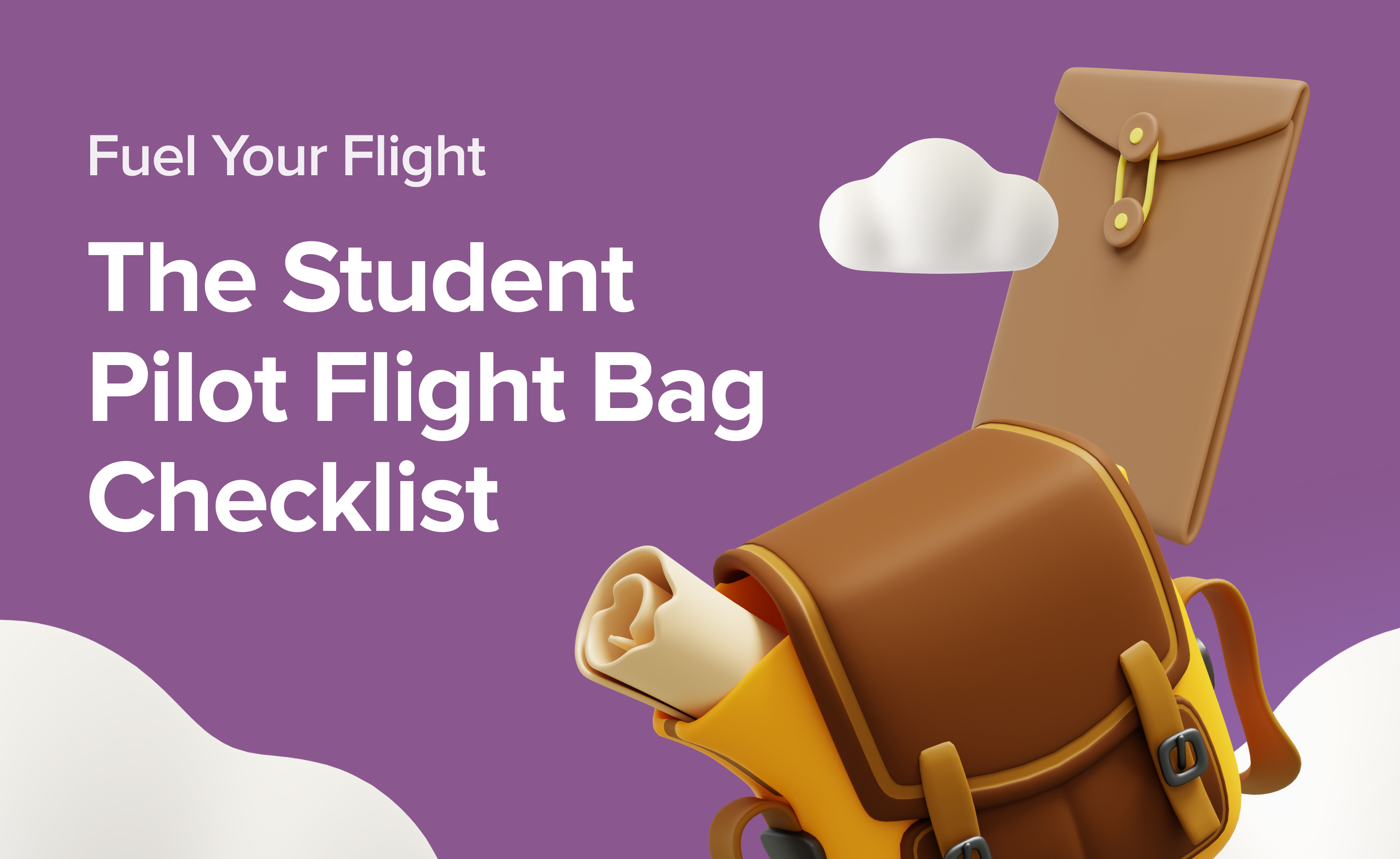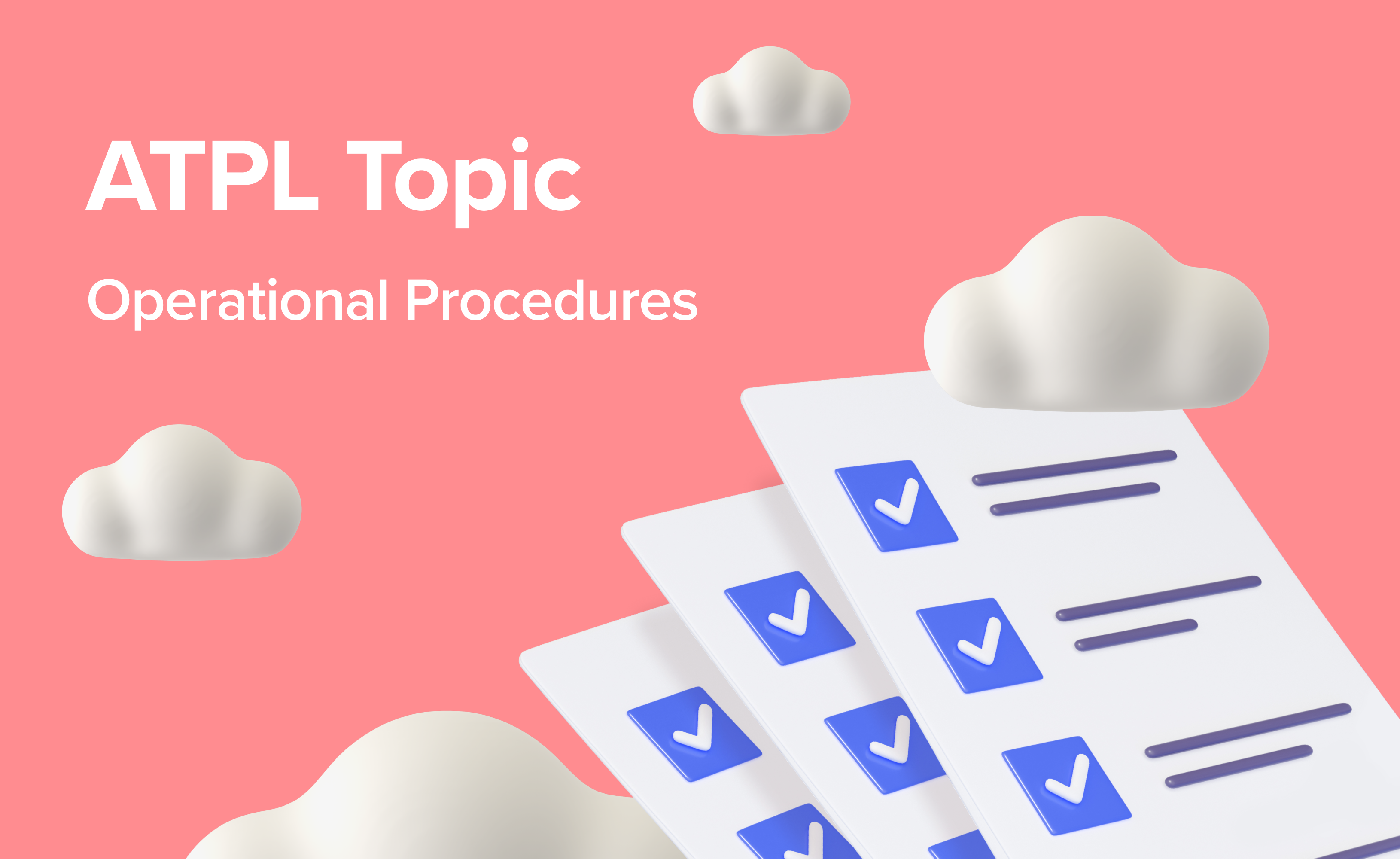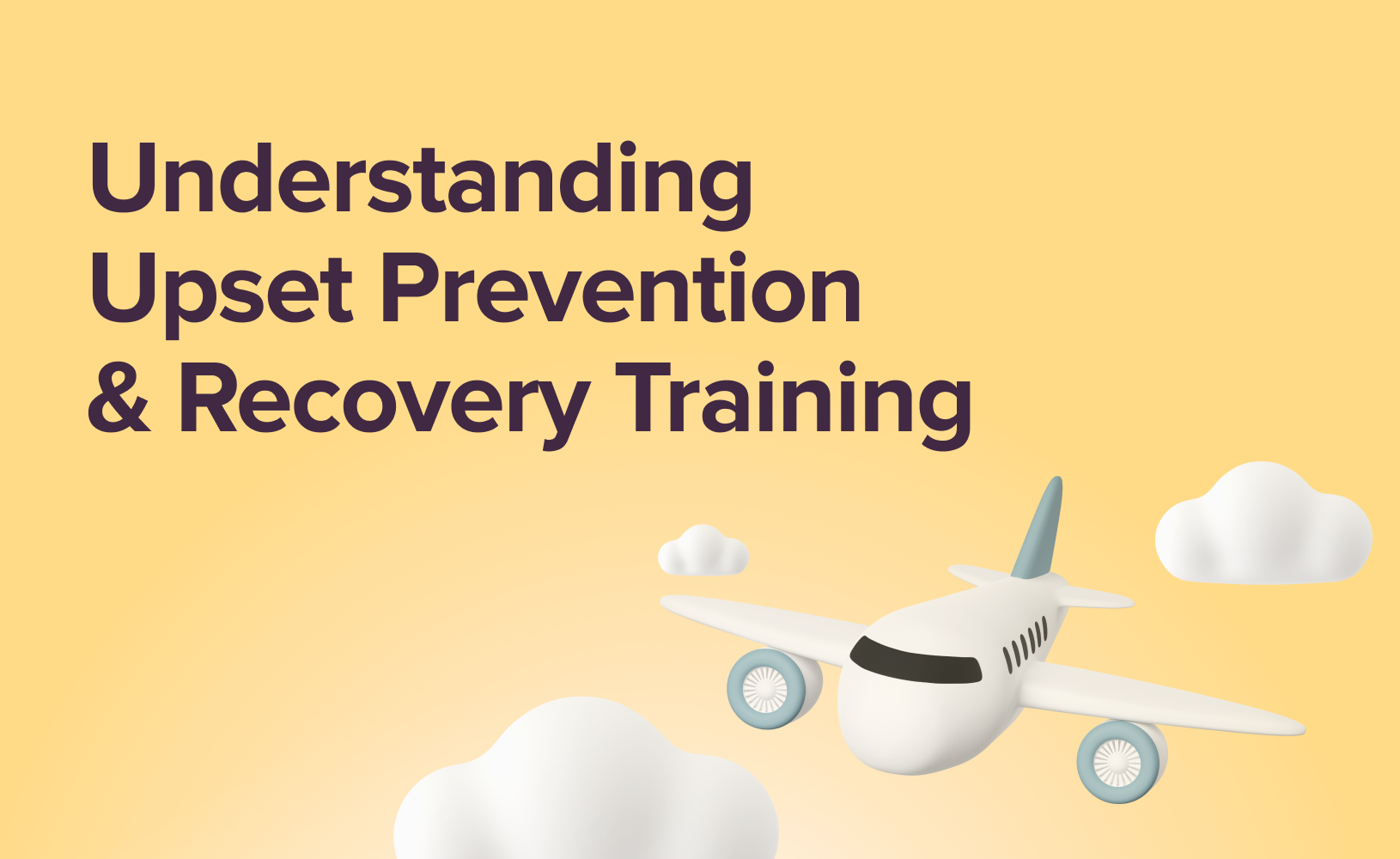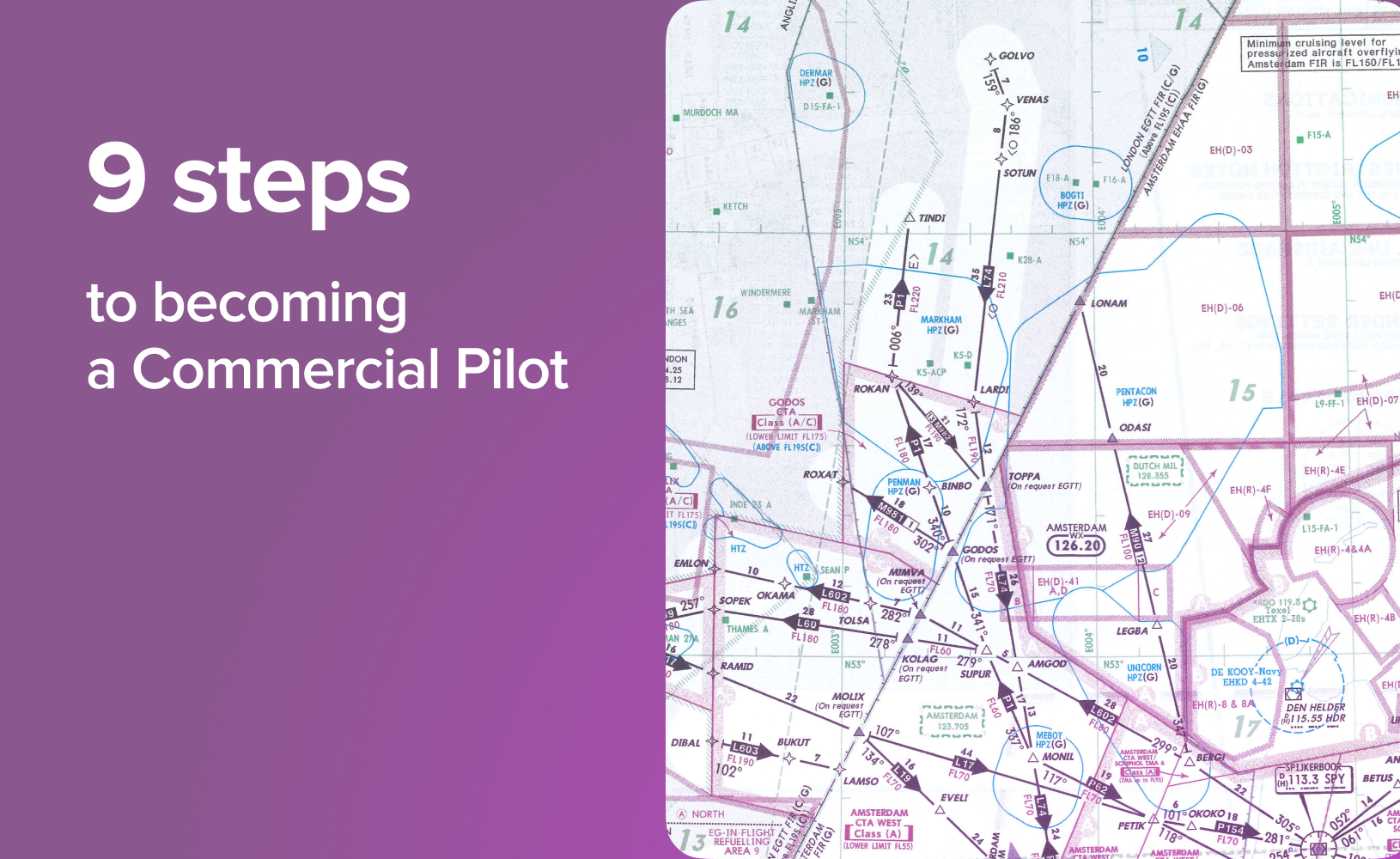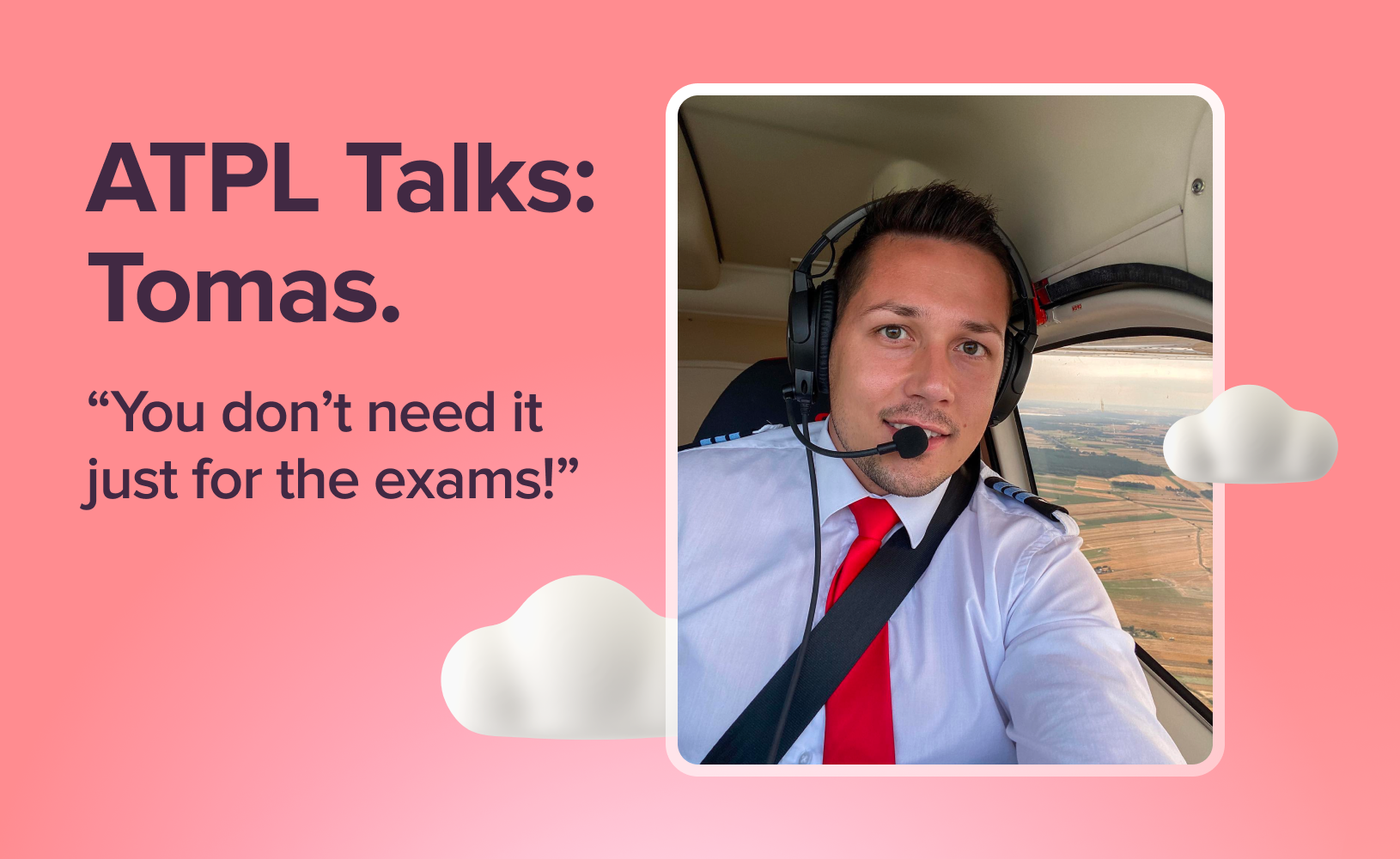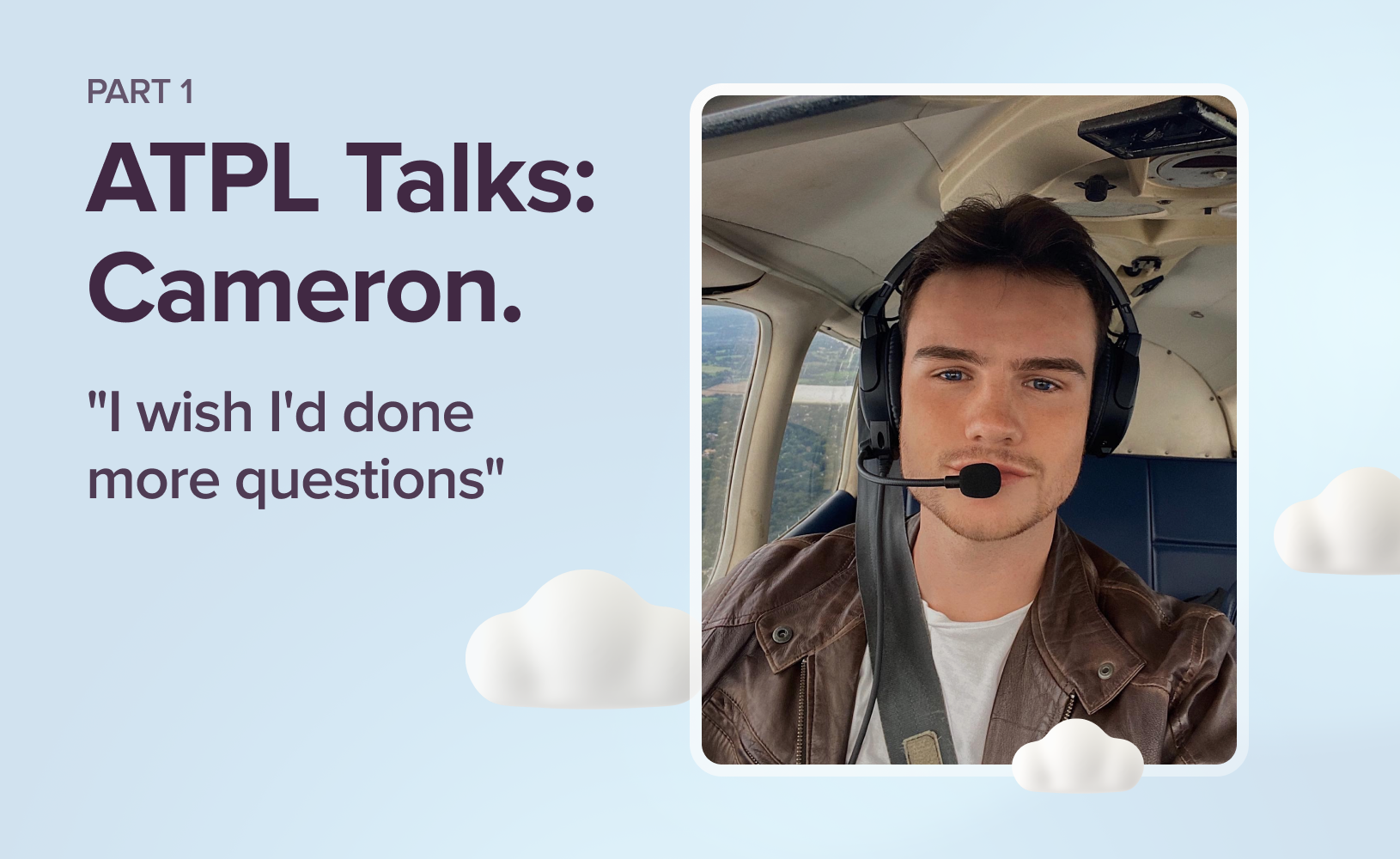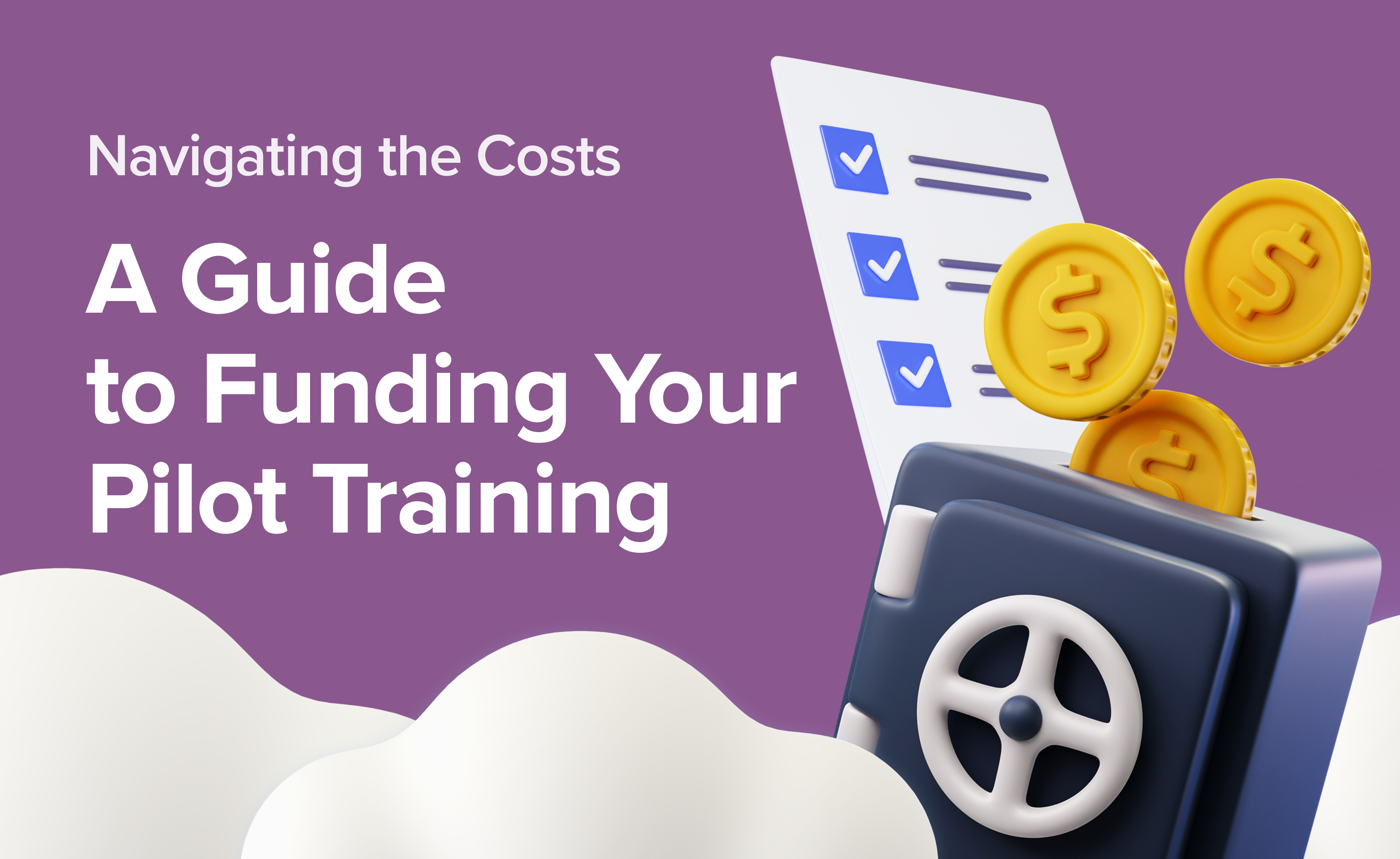Take-Off with Confidence: 12-Step Guide to Picking Flight School

So, you’re ready to become a pilot! One of the biggest steps on this journey is choosing the right flight school. Think of it as setting the foundation for your aviation career. But with so many options for flight schools across the UK and Europe, how do you pick the one that’s right for you? It’s not just about finding a school; it’s about finding your school — the place that will give you the right training, support, and community. That’s why we’ve put together this 12-step guide to help you navigate the process of whether you want to be a fixed-wing or rotary-wing pilot.
In this guide, we’ll cover everything from understanding course structures and instructor qualifications to evaluating facilities and budget options. Whether you’re looking at ground schools in the UK or considering schools across Europe, this guide will give you the insights you need to make an informed choice.
Missed our comprehensive guide on funding your pilot training? You can get it here. We extensively explored financial planning strategies and identified cost-saving opportunities to make your aviation journey attainable for you.
1. Stay Focused on Long-Term Goals

When deciding on a flight school, it’s essential to start with your long-term aviation goals. Are you aiming to fly commercially, or do you just want a Private Pilot Licence (PPL) for personal flying? Do you see yourself in general aviation, or are you hoping for a military career? The right school and training programme should align with your career vision, so take time to clarify what you’re aiming for before jumping in.
To get you started, here’s a quick overview of the main decisions you’ll face:
Should I Choose a Modular or Integrated Course?
One of the first questions to ask is whether you want a modular or integrated training path. Each has its advantages:
Modular: A “modular” flying school refers to a school where the student completes a Private Pilot Licence (PPL) before moving on to a Commercial Pilot (CPL) licence course. This option is more flexible and allows you to train in stages, often while working part-time. It’s generally less expensive upfront and enables a slower, pay-as-you-go approach. However, it requires more self-motivation, as you’ll be managing each part of your training yourself.
Integrated: This is a fast-track, full-time programme that combines all training in a structured way, usually over 18 to 24 months. There is no clear break between the PPL and CPL. Instead, the student enrols on an integrated course and goes all the way through to a CPL level without obtaining a PPL. It’s often more costly and demands full-time availability, but it can offer a direct route to a commercial licence and sometimes includes connections with airlines.
To learn more about the modular route, a popular path for aspiring pilots, click here.
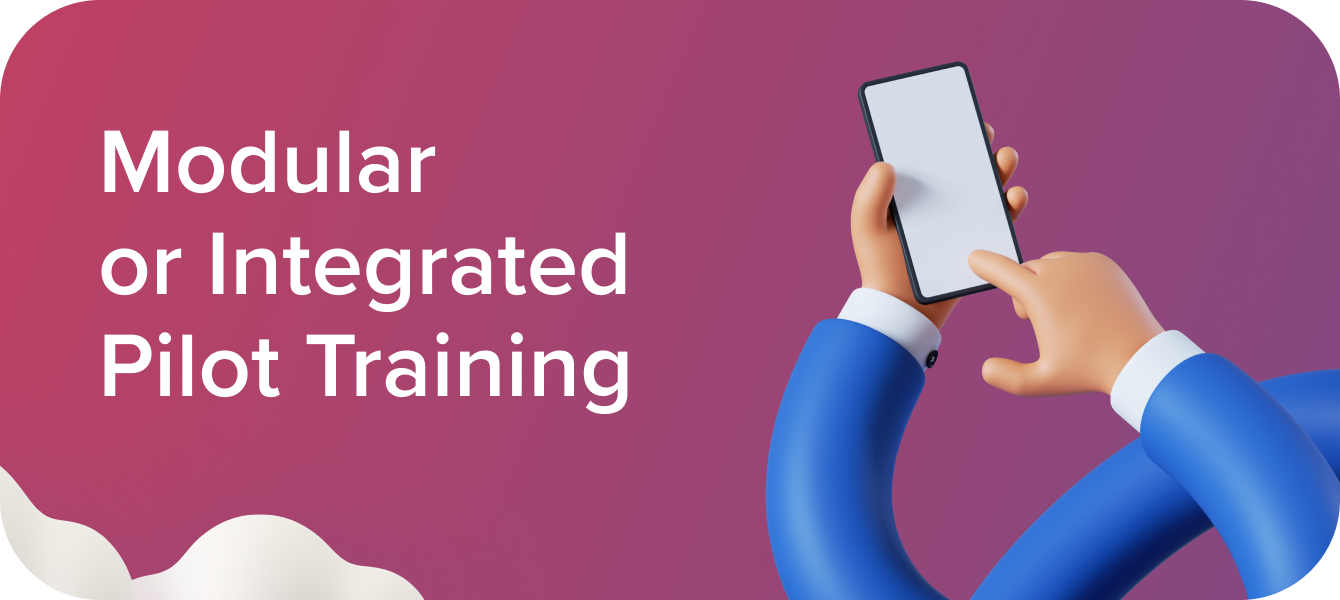
Choosing between modular and integrated depends on your lifestyle, budget, and how quickly you want to be ready to fly commercially. Wonder how modular training unfolds in real life? Meet Emily and Cameron, who achieved their pilot dreams, by taking the modular route. Get valuable insights from the learning experience of other students and boost your aviation pilot training.
What Type of Licence Do I Need?
There are three main types of pilot licences in the UK and Europe, each offering different privileges and career opportunities. Your choice of licence should fit your career plans. Let's just quickly run through them.
PPL (Private Pilot Licence): Ideal if you’re flying for personal reasons or plan to build hours at your own pace.
CPL (Commercial Pilot Licence) or ATPL (Airline Transport Pilot Licence): Necessary for aspiring commercial or airline pilots. ATPL is typically the end goal for those aiming to work with major airlines, while CPL is a key step along the way.
ATPL(H) (Airline Transport Pilot Licence for Helicopters): For those aiming for a professional career in helicopter aviation, particularly with larger operators or those requiring multi-crew operations, the ATPL(H) is the ultimate goal.
Take the first step towards your aviation career. Read our blog “How to Become a Pilot in the UK & Europe” to learn how to get started.
Should I Get an Instrument Rating (IR)?
If you’re planning to fly commercially, especially in Europe, an Instrument Rating (IR) is often essential. For fixed-wing pilots aiming to work with airlines, IR training will be part of your course. If you’re pursuing a helicopter career, however, the decision can be more nuanced, as IR training is more costly and not always required for every job.
Fixed-Wing Pilots: An IR is usually a must-have, as airlines require it.
Helicopter Pilots: While IR can open up higher-paying positions, many helicopter jobs focus on Visual Flight Rules (VFR). If you aim to instruct or work in the public sector, IR may be less crucial, but it’s increasingly expected in Europe.
Unsure about the best approach to your pilot training? Read our blog “Structuring a Modular Flight Training Course – IR or CPL First?” to discover the pros and cons of different training paths.
Should I Consider a Military Route?
If you’re interested in a military aviation career, remember it’s a long-term commitment, often requiring 5–10 years of service. While it provides world-class training and experience without the high costs of civilian training, military service isn’t a fit for everyone. Only consider this route if you’re genuinely passionate about a military flying career, as the path is highly demanding.
Where Do I Want to Train?

Location is an important factor when choosing a flight school. Consider aspects like cost of living, distance from home, weather conditions, and local amenities—all of which can impact your training experience. If you’re aiming for a commercial aviation career, training at a larger airport offers additional benefits, such as experience with controlled airspace and regular interaction with Air Traffic Control (ATC).
You might decide to train at a nearby airfield, or you may look further afield, perhaps even considering options in other countries. However, training abroad can have implications for licence conversion, which varies by country. While it’s possible to convert any licence from an ICAO-approved country, the process can be time-consuming and expensive.
For those training within Europe, EASA accreditation is a crucial factor. The European Union Aviation Safety Agency (EASA) sets high standards for flight schools, ensuring consistent, rigorous training across all member states. This accreditation is well-regarded by airlines globally, as it guarantees a comprehensive, up-to-date curriculum that meets stringent European standards. EASA accreditation also simplifies the transfer of qualifications across Europe, making it easier for pilots to work in multiple countries without extensive re-qualification.
Discover the top 18 EASA flight schools in the UK and Europe to fuel your aviation dreams.
For British students considering training abroad, choosing an EASA-accredited school will ensure that your training meets CAA UK requirements, simplifying the licence conversion process back to the UK. The Civil Aviation Authority (CAA) provides a list of approved pilot training organisations,
2. Define What You Need in a Flight School

Once you’ve established your long-term aviation goals, it’s time to identify the specific features you need in a flight school. Consider factors like the type of aircraft you want to train on, the certifications offered, and the level of mentorship that suits your learning style. Every flight school has its strengths, so prioritise what matters most to your journey and career aspirations.
When choosing between smaller and larger flight schools, here are a few key differences to keep in mind:
Smaller flight schools often provide a more relaxed, personalised environment. With fewer students, you’re likely to get more focused attention from your instructor, which can be especially helpful if you thrive on one-on-one guidance. However, smaller schools may have a limited fleet of training aircraft, which could lead to delays if a plane is out of service for maintenance or repairs. If you value a close, mentorship-focused experience, a smaller school may be ideal for you.
Larger schools typically have more resources, allowing for structured training with less downtime due to maintenance or aircraft availability. These schools frequently operate more like universities, with lectures, briefings, and large student cohorts. While they may lack the one-on-one time you’d get at a smaller school, they usually have strong aviation industry connections and may even have formal agreements with airlines, making them an attractive choice for aspiring commercial pilots. However, be aware that with more students per instructor, individualised attention may be limited.
Ultimately, your choice depends on your learning preferences and career path. If you’re aiming to become an airline pilot, a larger school with airline affiliations may offer advantages, while a smaller school might be a better fit if you value a more personalised training environment.
3. Explore Training Programmes Offered

Evaluate the range of programmes available, from PPL and CPL courses to ATPL and more advanced certifications. Look for flexibility, such as night or weekend classes, and consider the pace of training. Schools typically offer:
Basic Licences like the Private Pilot Licence (PPL) for recreational flying and the Commercial Pilot Licence (CPL) for those pursuing a professional career in aviation.
Advanced Certifications, including the Airline Transport Pilot Licence (ATPL) for aspiring airline captains, which may be available in both integrated and modular formats.
Add-on ratings such as the Instrument Rating (IR) for flying in diverse weather conditions, Multi-Engine Rating (MER), Night Rating, and Upset Prevention and Recovery Training (UPRT) to enhance skills and employability.
Specialised and Instructor Training, including Flight Instructor (FI) certification, Multi-Crew Coordination (MCC), and Jet Orientation Courses (JOC), ideal for those looking to instruct or work with airlines.
Consider the pace and structure that best suit your needs. Some schools may also provide advanced flight simulator training or special programmes for specific career paths. Reviewing the available options ensures your chosen programme aligns with your ambitions and learning style.
4. Look for Experienced Instructors

Experienced instructors bring practical insights and deep knowledge, which can enhance your learning significantly. Look for schools where instructors are well-regarded and encouraged to pursue ongoing professional development.
Instructors vary in background and experience, so think about what suits you best. For ATPL ground schools, seek instructors who are certified in aviation theory. While some schools may use part-time instructors, these individuals may lack current exam knowledge or experience, which can affect the quality of instruction.
Schools with younger instructors — often former students — may offer a relatable learning environment, as these instructors can easily recall the challenges of being a student. On the other hand, schools with more seasoned instructors, typically with thousands of flight hours and years of experience, offer a wealth of knowledge drawn from varied flying backgrounds.
Additionally, consider the instructor-to-student ratio; smaller class sizes allow for more personal attention, which can be valuable in classroom-based courses (though less applicable to online formats).
5. Assess the Fleet and Facilities

The quality of a flight school’s aircraft fleet and facilities is essential to your training experience. Look for a well-maintained, diverse fleet with both basic and advanced aircraft, as well as modern, clean facilities. Schools with up-to-date avionics and strong maintenance programmes show they’re committed to students’ success and safety. Here’s what to look for:
Fleet Size and Availability: If a school has too few planes for its students, you may face delays. A larger fleet offers more flexibility for flight hours and scheduling.
Aircraft Condition and Maintenance: Ask about maintenance routines and whether repairs are done on-site, as this minimises downtime. Avoid schools that might use your training hours to transport planes to distant maintenance bases.
Aircraft Variety: A diverse fleet—from single-engine trainers to multi-engine models — enhances learning, while simulators offer risk-free scenario practice.
Modern Avionics: Ensure the school’s fleet includes aircraft with up-to-date avionics or flight simulators to prepare you for a modern cockpit environment.
6. Check Out the Training Environment and Culture
Visit the school and talk to current students to get a feel for the environment and culture. Does the atmosphere feel supportive, collaborative, and focused? A positive, respectful environment will help you stay engaged and motivated throughout your training.
Beware of any signs that a school might be financially strained, as this can negatively impact the student experience. Some schools may pass financial pressures onto students through unexpected fees or administrative issues, which can be difficult to detect unless you have inside knowledge. Remember, you are both a student pilot and a customer—the school should look after your learning and career readiness, not burden you with distractions or unnecessary stress. Choose a school with a culture that empowers you and supports your career goals.
Take a journey through the unbelievable world of aviation. Read Beyond Belief: 8 True Aviation Tales.
7. Consider All Costs Involved

Flight training is a major financial commitment, so examine the full cost and ask about any hidden fees, such as fuel surcharges, exam fees, or uniform costs. While a lower advertised price may seem appealing, some schools omit certain fees from their quotes, resulting in unexpected expenses later on.
Get quotes from multiple schools, and carefully compare what each includes. Be wary of deals that seem too good to be true, and speak with current students to confirm whether the school is transparent about its costs. Many schools offer financing options or payment plans, which can make the investment more manageable. By thoroughly evaluating costs upfront, you can ensure you’re making an informed choice and avoid surprises down the line.
Dreaming of a flight but worried about the cost? Discover budget-friendly ways to get airborne with gliding, from our post Fly on a Dime: Get Airborne with Gliding.
8. Research Student Reviews and Success Stories
For any prospective student, researching reviews and success stories is a good idea and one of the most important steps in finding the best flight school. Former students’ experiences can offer valuable insights into the school’s strengths, training quality, and how well it prepares students for the aviation industry. Look for reviews that speak to the school’s reputation, quality of instruction, and student support services.
One of the key things to consider is whether the school has a strong track record of graduates successfully entering their chosen aviation fields, whether as airline pilots, flight instructors, or other aviation industry professionals. A high rate of success stories among alumni can signal that the school provides effective training and meaningful career support, helping graduates make the right choice for their careers.
You may also want to reach out to alumni directly via LinkedIn or other networks. Speaking with past students can give you a more personal view of the school’s culture, resources, and daily experiences. By taking the time to research and connect with graduates, you’ll gain a deeper understanding of whether a school is the right fit for your goals and if it genuinely supports students in reaching their aviation dreams.

9. Visit the School in Person
If you’re considering a classroom-based ATPL ground school, try to visit the school in person or request a virtual tour to assess their facilities. Take note of classroom quality and the availability of study resources, including textbooks, online materials, and practice exams. A well-stocked library or access to an online database can significantly support your studies, and a comprehensive question bank, like Airhead ATPL is especially useful for exam preparation.
View Airhead ATPL subscription plans and pricing.
Some ground schools offer extra resources, such as live webinars and video training libraries, which can be invaluable for grasping more challenging topics. Additionally, find out where you’ll be taking your exams. Some ground schools are also licensed exam centres, allowing you to attend a pre-exam revision course and take your exams at the same location—adding convenience to your study process.
An in-person tour is invaluable. Visit the facilities, check out the aircraft, and observe the environment. A professional, organised space signals a commitment to quality training, and a friendly atmosphere helps you feel supported and motivated.
10. Try a Trial Flight Lesson
A trial flight lesson offers invaluable insight into the school’s environment, aircraft quality, and instructor style. It’s a hands-on opportunity to gauge both the condition of the aircraft and the atmosphere in the cockpit and classroom.
During this introductory flight, take note of the aircraft’s condition. Well-maintained planes with clean interiors reflect a school that takes pride in its fleet, while untidy or worn-out aircraft may signal a lack of care—a potential red flag. Your safety relies on the aircraft being properly maintained.
This flight is also a chance to observe the instructor. A professional instructor will conduct the flight at your comfort level, focusing on giving you a positive experience rather than showing off your skills. Since instructors represent the school, their attitude and approach during this time reveal a lot about the overall learning environment you can expect.
A Trial Flight lets you take control and experience the thrill of your flying dream — no long-term commitment is needed! Read our blog on what to expect from a trial flight for more information.

11. Create an Action Plan for Your Flight School Search
A clear action plan will help you stay clear and focused as you explore your options. Here are some steps to guide you:
Research Schools Online: Start with a broad search to understand what different schools offer, narrowing down your list based on programme details, reviews, and accreditations. Look for schools that align with your goals, whether it’s a private pilot certificate or an airline transport pathway.
Reach Out with Questions: Contact your top choices to ask about specific programmes, instructor experience, facilities, and available resources. Request brochures or information packets, and ask any questions that will help you understand the school’s approach and values.
Arrange a Visit or Trial Lesson: Schedule an in-person tour or trial flight lesson to experience the school first-hand. Pay attention to the state of the aircraft, the professionalism of the staff, and the overall atmosphere. If a visit isn’t possible, ask for a virtual tour or introductory session.
Gather and Compare: Arrange the information you’ve collected to easily compare your options. Consider programme structure, costs, scheduling flexibility, and the school’s general culture. This comparison will help you weigh the pros and cons of each choice and see which school aligns best with your needs.
Seek Advice: If you know other pilots or instructors, ask for their insights or recommendations. They may have useful feedback about schools you’re considering or aspects of training you might not have thought about.
12. Trust Your Instincts
After all your research, trust your gut feeling. A school’s facilities, programmes, and instructors are important, but your intuition also matters. Choose a school where you feel supported, motivated, and excited to learn — this will create the foundation for a positive and successful training experience. If a school genuinely feels right, it’s likely the best place for you to grow and thrive as a future pilot.

Airhead's Takeaway
Deciding the right flight school is a major decision that shapes your future as a pilot. Take the time to find a school where you feel safe, supported, and excited to learn — this will make your training experience both enjoyable and successful.
By keeping your needs and career goals front and centre, asking the right questions, and taking a thoughtful, proactive approach, you’re setting yourself up for confident taking-off towards your dreams!

